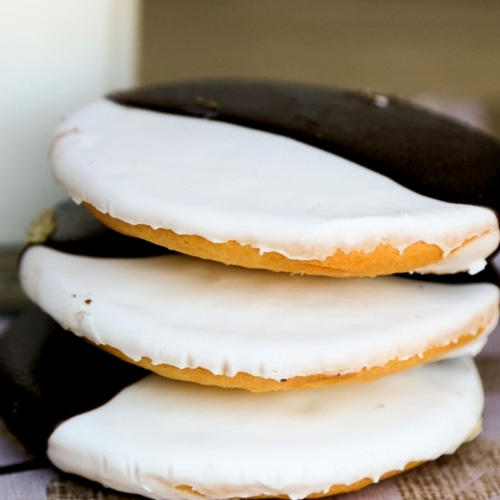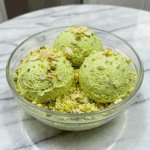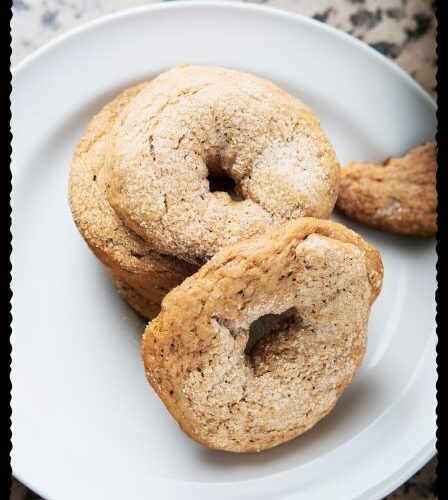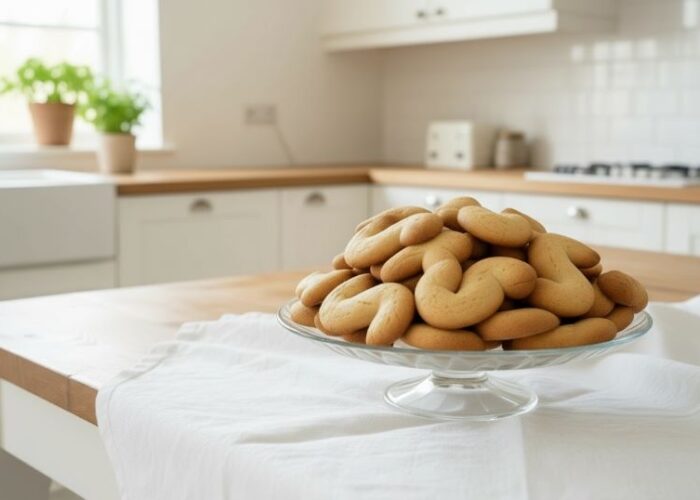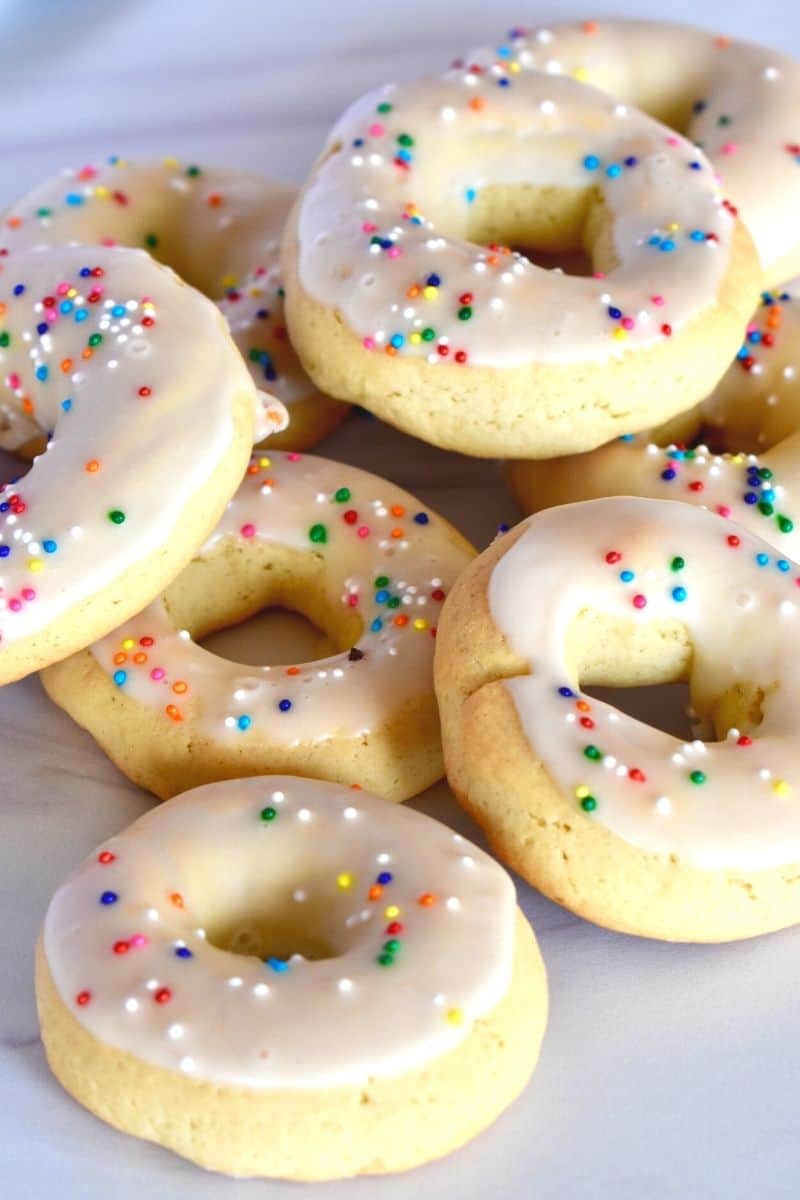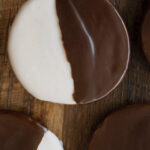
Black and White Cookie Is a Must-Try New York Dessert
The black and white cookie isn’t just a dessert. It’s a piece of New York history. Its soft, cake-like base topped with half-vanilla, half-chocolate fondant has delighted generations. But where did this famous treat come from?
Most food historians trace its roots back to the early 1900s, when waves of European immigrants brought their baking traditions to the city. Among them was Glaser’s Bake Shop, a German bakery founded in 1902 on Manhattan’s Upper East Side. Many believe Glaser’s played a major role in popularizing the black and white cookie, though the true origin remains up for debate.
From the beginning, the black and white cookie was more than a sweet snack. Its unique look, two contrasting colors sharing the same space began to represent something deeper. Over time, it became a symbol of unity and balance, especially in a city known for its diversity and complexity.
Jewish bakeries and delis across New York adopted the cookie, making it a staple in communities throughout the five boroughs. In these settings, it wasn’t just a popular bakery item, it was a familiar comfort, part of the fabric of everyday life.
The cookie’s dual icing often sparks conversation. Is it a symbol of racial harmony? A metaphor for balance in life? Maybe. Or maybe it’s just a perfect example of how something simple and sweet can carry a deeper meaning, especially in a city like New York, where cultures mix, and traditions blend.
It’s not uncommon to hear someone say, “You haven’t really been to New York until you’ve had a black and white cookie.” That’s because, for many, it represents a shared experience, a moment of pause, a bit of joy, a bite of nostalgia.
Still Going Strong in NYC
Today, you’ll find black and white cookies in just about every corner of the city, from old-school Jewish delis to trendy artisan bakeries. Some places experiment with flavors, swapping in red velvet or matcha. But the classic vanilla-and-chocolate combo still reigns supreme.
For both lifelong New Yorkers and first-time visitors, the black and white cookie is more than just dessert. It’s a delicious slice of city history, still fresh after more than a century.
You’ll Love Making Black and White Cookies at Home
The best part about black and white cookies? They’re way easier to make than they look. With a simple, no-fuss batter and just a few pantry staples, you can recreate this New York City classic right in your own kitchen, no bakery trip required.
Whether you’re whipping up a batch for a holiday spread, a family get-together, or just a cozy Sunday baking session, these cookies always deliver. They look impressive with their bold half-and-half glaze, but it’s the taste and texture that really win people over. That soft, cake-like base melts in your mouth, and the hint of lemon (from zest or extract) adds a fresh, bright note that cuts through the sweetness of the glaze. The result? A cookie that’s rich, balanced, and totally unforgettable, a perfect blend of vanilla, chocolate, and citrus in every bite.
Storage
Room Temperature
Place cookies in a single layer inside an airtight container. If stacking, separate layers with parchment or wax paper to prevent the glaze from sticking. Keep the container in a cool, dry place, away from direct sunlight or heat. Best for: Up to 3 days
Refrigerator
Refrigeration helps extend shelf life, especially in warmer climates. Store in an airtight container and let cookies come to room temperature before serving for the softest texture and best flavor. Best for: Up to 5–6 days
Freezer
Freeze the unglazed cookies for best results. Once baked and cooled, wrap each cookie individually in plastic wrap, then place in a freezer-safe zip-top bag or container. Best for: Up to 2 months
When ready to enjoy, thaw cookies at room temperature, then apply the glaze fresh before serving.
Freezing glazed cookies is possible but not ideal, as the glaze may become sticky or lose its shine after thawing.

